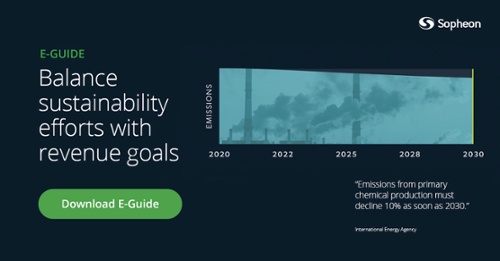Reading time: 3 minutes
With pressure from all angles demanding lower carbon footprints from organizations, there’s a huge opportunity for innovators to get involved in tackling sustainability head-on.
Globally, we face significant, complex environmental and social challenges. As innovators, we like a good challenge and have a well-developed toolbox for unravelling problems and finding the right scalable solutions. With governments, investors, regulators, and consumers demanding lower environmental footprints from organizations, there is a big opportunity for innovators to get involved in tackling sustainability head-on.
Using constraints to drive sustainable innovation
Constraints can be rocket fuel for creativity which helps drive innovation. We have constraints that dictate what our planet can sustain – i.e.; it can keep going forever and ever. Johan Rockström is a Swedish climate scientist who’s led in defining and understanding our planetary boundaries. For humanity to continue to survive and thrive for generations to come, we need to operate within these planetary boundaries. If we cross them, then the risk of creating catastrophic, irreversible change exists.
Watch Johan Rockström’s TED talk to learn more about the planetary boundaries.
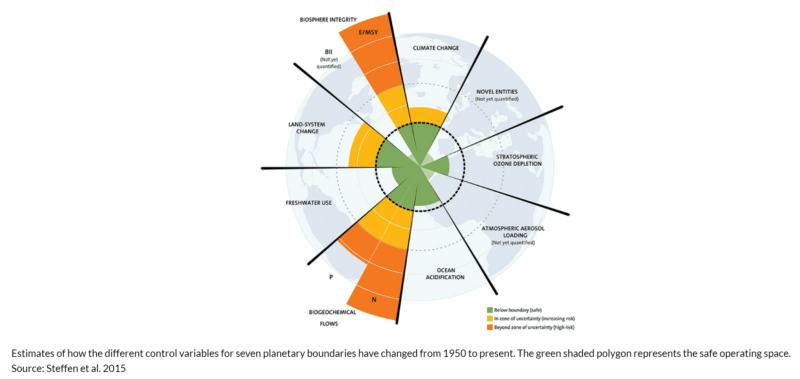
Currently, we as humans are not living in a way that can be sustained – we’re using the earth’s resources at a faster rate than they can be replenished and producing waste at a faster rate than the earth can deal with it. We’re breaching some of these boundaries and getting closer to others. Once boundaries are breached, there’s a high risk that tipping points will be reached where feedback loops result in non-linear catastrophic changes to the Earth's currently stable climate that we rely on for human life to be supported.
At the same time, everyone has a basic set of social needs (e.g., food, water, health, equality, peace, justice) that must be met for people to thrive. Kate Raworth developed the idea of a doughnut which is the area where we need to be for all humans to thrive – bounded by a social foundation that must be met and the planetary boundaries that must not be breached.
Watch Kate Raworth’s TED talk to learn more about how a healthy economy should be designed to thrive, not grow.
This prompts some questions that could be a great starting point for idea generation:
- How might we meet the needs of everyone on the planet without putting excess strain on the planet?
- How might we de-link economic growth using finite natural resources?
- How might we redefine value? Or how might we redefine growth?
Harnessing the power of the circular economy
How might we de-link economic growth from the use of finite natural resources? One of the solutions to that question could come from the idea of a circular economy, which is a remarkable catalyst for sustainable innovation.
Now, most businesses operate a linear production-consumption model, which in summary means:
- Take resources from the earth
- Make stuff with them
- Use the stuff
- Throw away/discard at the end of life
But, as mentioned above, the earth doesn’t have enough resources for us to keep on taking indefinitely. And we can’t keep on producing ever-increasing waste that doesn’t biodegrade.
This raises more questions and opportunities:
- How might we eliminate waste?
- How might we generate value from waste?
- How might waste from one process become the raw materials for another?
One of the many advantages of circularity principles is that they often make sense environmentally and commercially. Reducing waste is good for the environment and often results in cost efficiencies. Seeing value in waste can also create new revenue streams
Here are a few exciting examples of how you can bring circularity to life:
1. British Sugar
British Sugar has almost eliminated waste by using waste from its sugar manufacturing process as inputs for a range of revenue-generating co-products. This process created a more diversified product portfolio and increased revenue.
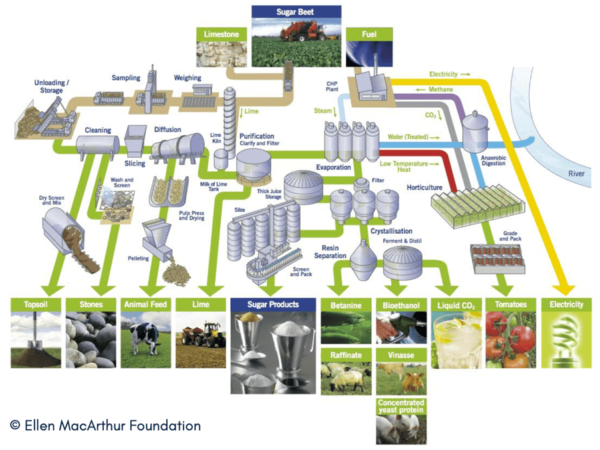
2. The Kalundborg Symbiosis
Located in an industrial area in Denmark, the Kalundborg Symbiosis is the world's leading industrial symbiosis and creates profits through a circular approach to production.
The main principle is that a waste stream in one company becomes a resource in another, benefiting both the environment and the economy. In a local partnership, they share and reuse resources, thus both saving money and minimizing waste, emissions, and pollution.
Several businesses have co-located their factories, with the waste from one factory being used as an input into the next factory. The factories have a symbiotic relationship. Together they have saved millions of pounds, sharing this cost-saving between them. This blew my mind the first time I saw it!
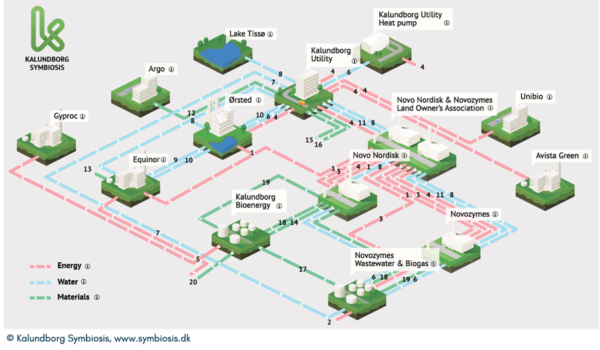
Challenging sustainability assumptions
Food production accounts for 26% of global emissions, and 31% comes from livestock and fisheries. It has been noted that beef has the most significant carbon footprint per kg.
But what if we could produce meat without needing a real live cow? To many, this may sound impossible or even like a fantasy, but it’s precisely what’s being done in labs that are producing lab-grown meat (real meat, not plant-based equivalents).
As innovators, we’re skilled at challenging assumptions – we have the tools, knowledge, and skills to do this. In the sustainability space, we’re often told that change can’t happen because certain things are technically impossible, or because it’s impossible to change behaviors, or our current economic model is necessary.
But if we can produce beef without a cow, then what other assumptions and opportunities can we as innovators identify, challenge, and find a solution for?
We are on the edge of a radical sustainability transformation. To remain competitive and be resilient to the inevitable impacts of climate change, businesses will need to put sustainability at the heart of their strategy. We, as innovators, have a crucial role to play in challenging assumptions and spotting opportunities. We have the toolkit to create new business models and make the impossible possible. This will be crucial for a business to remain relevant and survive –for the planet’s sake and for future generations.
Listen to this episode of Innovation+ Talks, where Paul Heller and I discuss how integrating sustainability into innovation can make an impact.
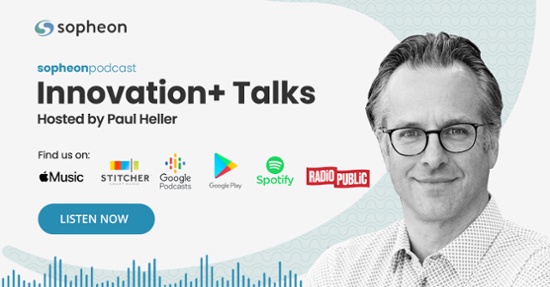
About the author: Hannah Keartland is the Outsourced Chief Impact Officer at Keartland & Co., a consulting service that helps businesses make sustainability their competitive advantage. She helps organizations become more sustainable by helping them develop an actionable roadmap so they can move from talk to action to impact.
Connect with Hannah Keartland:
- Keartland & Co
- Email: hello@keartland.co

